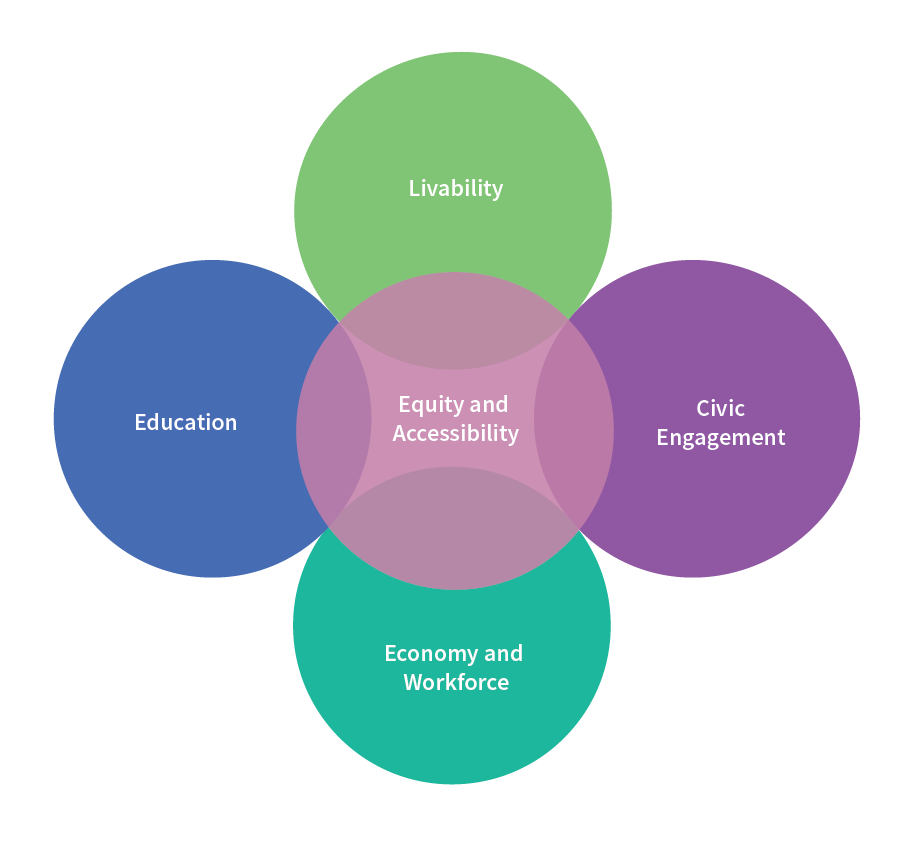Tacoma 2025 in Action

Setting the strategy for the entire city, Tacoma 2025 is being incorporated into every major planning process, including the
OneTacoma plan, the Environmental Services Strategic Plan, the Affordable Housing Action Strategy, and the City budget process.
The
One Tacoma plan guides decisions on land use, transportation, housing, capital facilities, parks
and the environment,
sets standards for roads and other infrastructure, identifies how they will be paid for, and establishes the basis for zoning and development regulations.
Another example of a strategic plan that incorporates the key focus areas outlined in Tacoma 2025 is the
Environmental Services Strategic Plan, which will guide the City’s Environmental Services Department in its decision-making as they work to support healthy neighborhoods and a thriving Puget Sound in Tacoma.
The City’s
Affordable Housing Action Strategy, which was recently developed as an urgent response to a changing housing market that is increasing displacement pressure for residents and a widespread need for high-quality, affordable housing opportunities for all, also incorporates the key focus areas outlined in Tacoma 2025.
During the City’s 2019-2020 Biennial Budget planning process, every City department also incorporated goals relating to the key focus areas outlined in Tacoma 2025 into their 10-year and two-year goals, and they
report on these goals quarterly. Learn more about how
each Department is contributing to achieving the 2025 goals in the City’s 2019-2020 biennial budget.
View the Original Tacoma 2025 Plan
Get Involved
We can only accomplish the vision of Tacoma 2025 by working together across communities, organizations, and sectors. By aligning our collective efforts to the goals of 2025, we can accomplish incredible things and bring our vision for Tacoma to life.
For organizations working in Tacoma, we want to know how your work aligns and contributes to Tacoma 2025, including any specific indicators your organization is working on. By aligning efforts, we hope to support programs and resources to make us all more strategic and effective at improving the quality of life here in Tacoma. Understanding and aligning tracking and measurement of the work that is happening is also vital in order to understand whether we are meeting our targets as a community. Contact Jacques Colon, Tacoma 2025 Strategic Manager, to learn more about how we can work together to achieve our community vision.
Partners
Here are some of the many partners and participants that are working together to make this a reality.